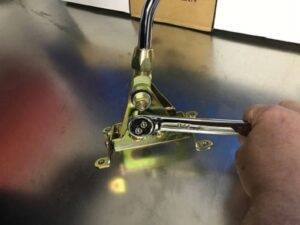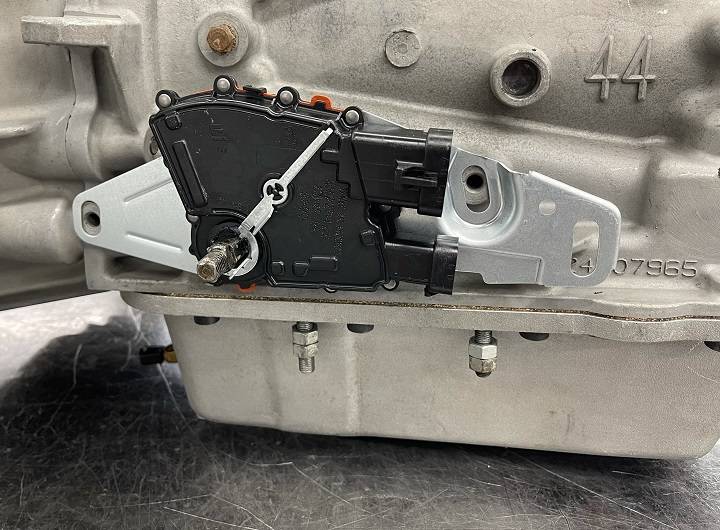The Neutral Safety Switch is an imperative component in an automobile, playing a pivotal role in ensuring safety and proper functioning of the vehicle. This mechanism, also known as the neutral start switch, serves as a vital link between the ignition system and the transmission, primarily in automatic transmission vehicles. It is designed to prevent the engine from starting while the transmission is in gear, ensuring that the vehicle only starts in ‘neutral’ or ‘park.’
Importance of the Neutral Safety Switch

- Preventing Accidental Start: One of the primary functions of the neutral safety switch is to prevent the engine from starting when the transmission is not in the neutral or park position. This feature is crucial in averting accidental vehicle movements during ignition, especially in automatic vehicles, thus enhancing overall safety.
- Safety Mechanism for Starting: When the vehicle is in gear, the neutral safety switch disrupts the circuit and impedes the engine from starting. It is a safety measure that aids in preventing the vehicle from lurching forward or backward unexpectedly, reducing the risk of accidents.
How the Neutral Safety Switch Operates
- Location and Functionality: Typically located on the transmission or the clutch mechanism, the neutral safety switch is activated by the gear selector. When the vehicle is in ‘park’ or ‘neutral,’ it allows the completion of the ignition circuit, enabling the engine to start.
- Electrical Connection: This switch is connected to the ignition circuit, and when the transmission is in gear, the circuit is disrupted, inhibiting the engine from starting. As the gear shifts to ‘park’ or ‘neutral,’ it re-establishes the connection, allowing the engine to start normally.
Common Issues and Maintenance
- Wear and Tear: Over time, the neutral safety switch can wear out, leading to malfunctioning. Accumulated dirt, corrosion, or mechanical failure can cause the switch to fail, resulting in starting problems or the engine not starting at all.
- Symptoms of a Faulty Switch: Common indicators of a faulty neutral safety switch include the engine starting in gear, difficulty in starting the engine, or the vehicle not starting at all. Any of these signs might suggest a malfunctioning switch.
- Regular Check-ups and Maintenance: To ensure the smooth operation of the neutral safety switch, regular maintenance checks are advisable. It’s recommended to consult a professional mechanic to inspect and replace the switch if necessary.
In essence, the neutral safety switch is a small yet vital component in a vehicle’s operation, significantly contributing to the safety and proper functioning of the automobile. Understanding its role and ensuring its proper maintenance can help prevent potential safety hazards and maintain the vehicle’s overall performance. Regular inspection and timely repairs or replacements, when needed, can ensure the continued functionality of this critical safety mechanism in any automobile.


